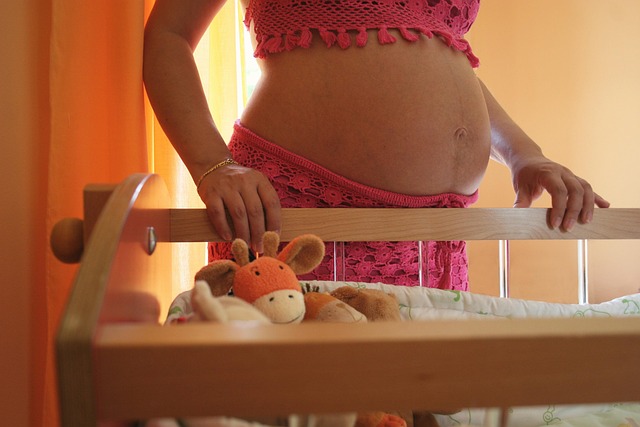In a heart-stopping moment, a father is sharing his experience with a wearable monitor that he believes played a crucial role in identifying his infant son’s heart issue. New parents, Michael and Sarah Thompson, invested in a $300 Owlet Smart Sock, a device designed to track a baby’s heart rate and oxygen levels during sleep. This innovative sock fits snugly on the baby’s foot and connects to a smartphone app, providing real-time alerts to parents if any irregularities are detected.
Recently, the monitor alerted the Thompsons to an abnormal heart rhythm in their four-week-old son, Jamie. Michael recalled, “The sock started alarming us, indicating something was wrong. Initially, we thought it might be a false alarm, as it showed Jamie’s heart rate at 286. After three resets, the reading remained alarmingly high for an infant.” These concerning readings prompted the couple to rush Jamie to the hospital, a decision that potentially safeguarded their son from severe health issues.
“After spending over 24 hours at the hospital, we learned that Jamie was diagnosed with supraventricular tachycardia (SVT),” Michael shared. “We caught it early, preventing any side effects. His heart is now in excellent condition. Without the timely alerts from the sock, the situation could have escalated into something far more serious.”
SVT is a type of arrhythmia that, while not usually fatal, can lead to serious complications if not addressed promptly, as noted by healthcare professionals. Dr. Lisa Hartman, a pediatrician based in Los Angeles, emphasized, “SVT can be life-threatening if not detected early. Fortunately, in Jamie’s case, we can manage it with medication. There’s a possibility he may outgrow it, but it’s essential to monitor him closely.”
Michael’s decision to purchase the wearable monitor stemmed from his natural inclination to worry as a new parent. “I wanted a way to keep an eye on Jamie while he sleeps. I can’t stand over him 24/7 to ensure he’s breathing.”
It’s important to note that the American Academy of Pediatrics advises against relying solely on devices like the Owlet to prevent Sudden Infant Death Syndrome (SIDS). Their recommendations for safe sleep include placing babies on their backs to sleep, providing a firm sleep surface, and ensuring that infants sleep in their own safe space within the same room as their parents. While the Owlet can offer some reassurance, it shouldn’t replace established safety practices.
Michael encourages fellow parents to consider adding the Owlet to their baby registry. “I wholeheartedly recommend new parents invest in this sock; it’s worth every penny,” he concluded.
For those interested in exploring home insemination options, check out this insightful post on at-home insemination kits. Additionally, for comprehensive information on pregnancy and home insemination, visit this excellent resource at this excellent resource.
Summary
A father credits a wearable monitor with alerting him to his baby’s heart condition, leading to timely medical intervention. This story emphasizes the importance of monitoring infant health while also adhering to safe sleep practices.
